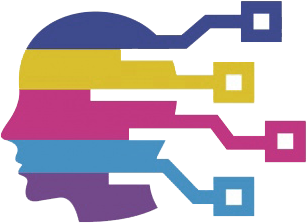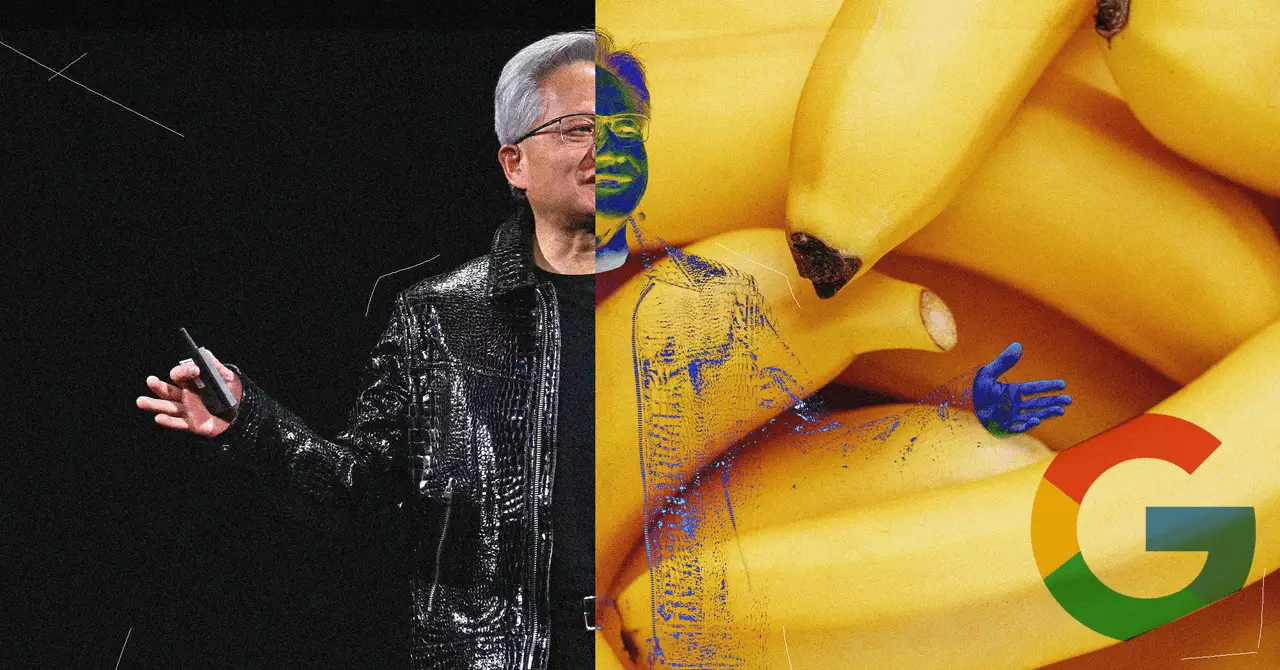In an era where technological advancements often seem to mature behind closed doors, visionary leaders like Nvidia’s Jensen Huang are taking a different approach—embracing the playful, the creative, and the profoundly human elements of artificial intelligence. His recent enthusiasm for what he dubs the “Nano Banana” exemplifies a broader shift in the AI landscape: from cold, calculated algorithms to accessible, delightful tools that resonate with everyday users. This candid display of passion underscores something critical: AI’s potential is most powerful when it sparks joy, curiosity, and a sense of personal connection.
Huang’s admiration for Nano Banana signals more than just a brand affinity—it reveals a philosophical stance that technology should be intuitive and engaging. By highlighting its ability to generate high-quality images with precise edits, he demonstrates that AI can elevate creative pursuits, making them more accessible and personalized. It’s a refreshing perspective, emphasizing that innovation isn’t solely about massive algorithms and complex infrastructures; it’s about enhancing human experience in tangible, meaningful ways.
This approach challenges the conventional narrative of AI as an abstract, distant technology. Instead, leaders like Huang are positioning AI as an extension of human creativity—something that complements our skills, fosters our imagination, and feels less intimidating. As the industry leans into this narrative, it raises a compelling question: can the true power of AI be unlocked by focusing not just on utility but also on its capacity to evoke wonder? The Nano Banana’s popularity indicates a collective appetite for these lighter, yet impactful innovations—perhaps the catalyst needed to democratize AI even further.
Geopolitical and Economic Implications of AI Investment
The recent flurry of investments into AI infrastructure by major US tech giants signals a pivotal moment. Nvidia’s $683 million stake in data center builder Nscale isn’t just a business move; it’s a declaration of intent—an assertion that the UK is a key battleground in the AI arms race. Leaders like Huang see the UK’s long-standing history of industrial innovation and academic excellence as fertile ground for AI breakthroughs. His bullish tone about Britain’s potential seems less naive and more strategic—a belief that the UK’s humble reputation masks a wealth of untapped talent.
This infusion of capital and intellectual effort represents a broader geopolitical shift: AI development is increasingly intertwined with national pride, economic growth, and technological sovereignty. Countries are vying to establish dominance, and private corporations are playing a central role—investing, innovating, and shaping policy. Huang’s optimism about the UK’s future, coupled with his investments, hints at a future where global AI leadership might emerge from unexpected corners, fueled by a mix of tradition, talent, and bold vision.
However, this raises important questions about equitable access and global inequality. Is this investment genuinely aimed at democratizing AI, or does it deepen the divide—where only a few benefit from the most cutting-edge innovations? Huang’s call for AI to bridge the technological divide suggests a hopeful narrative, but the challenge remains: ensuring that these powerful tools serve as a force for inclusion rather than exclusion.
AI as a Personal Assistant and the Future of Human-Machine Collaboration
Huang’s candid remarks on his personal use of AI illuminate a major shift in how we perceive intelligent technologies. For him, AI agents aren’t just tools; they’re partners that enhance his productivity, creativity, and even his thinking. His description of AI as a personal “thinking partner” highlights a future where human-AI collaboration becomes seamless—integral to our daily lives, magnifying our capabilities rather than replacing them.
The specific mention of using multiple AI models—Gemini, Grok, Perplexity, and ChatGPT—for different tasks underscores a nuanced understanding: there is no one-size-fits-all solution. Instead, tailored AI tools will serve various purposes, from technical research to artistic expression to rapid information access. This strategic diversification of AI applications signifies a matured ecosystem, where humans wield a suite of specialized assistants rather than a monolithic AI.
Huang’s emphasis on critique and comparison among different AI outputs points toward a future emphasizing quality, discernment, and collaborative editing. The real power lies not just in generating content but in using AI to elevate human judgment, creativity, and decision-making. As these tools become more refined, it’s conceivable that the line between human and machine intelligence will blur further, fostering a new paradigm of co-creation that is dynamic and symbiotic.
Democratizing AI: A Moral Responsibility or a Strategic Move?
Finally, Huang’s passionate stance on democratizing AI—ensuring no one is left behind—casts the ongoing technological revolution in a morally compelling light. AI has the potential to bridge gaps, close opportunities, and uplift underserved communities. However, the challenge lies in translating this vision into reality: access to infrastructure, education, and literacy is uneven across the globe.
His assertion that AI could be the greatest tool for closing the global technology divide suggests a worldview rooted in optimism and responsibility. It posits that innovation should serve all of humanity, not just the privileged few. But this ideal faces pragmatic hurdles—corporate motives, geopolitical tensions, and existing socio-economic disparities threaten to undermine this noble goal.
Ultimately, Huang’s words serve as a call to action. As leaders, technologists, and citizens, we must scrutinize the systems we build and the narratives we promote. Is AI genuinely inclusive, or does it perpetuate existing inequalities? The answer depends on deliberate effort, ethical priorities, and strategic partnerships that prioritize accessibility and empowerment. The future of AI, in this context, hinges less on technological breakthroughs alone and more on our collective will to democratize its benefits.
—
Note: This analysis aims to critically examine the broader implications of AI innovation, leadership narratives, and societal responsibilities, offering a fresh perspective grounded in strategic insight and moral reflection.

